S tohoto obdobé toho tady moc nemáme, ale když se to povede... :) www.lovecpokladu.cz/artefakty/nalez/od-chlodvika-i-466-az-511-k-childerichovi-iii-743-751-24628/
Scientists uncover a complete settlement from the Merovingian period
Categories: Finds and rescue research abroad , Nálezy nejenom s detektorem v západní Evropě
Archaeologists have discovered a complete Merovingian settlement with a church and burial site dating from the 6th and 7th centuries in the village of Pontarliere in eastern France. The rich grave goods, including weapons and jewellery, suggest that the village was well prosperous. According to scientists, the settlement is unparalleled in France.
The settlement was strategically located near the village of Pontarlier, a former ancient Ariolica trading crossroads on the Roman road between present-day Orbe in Switzerland and Besançon in France. After the Burgundian invasions in the 5th century, Pontarlier became an even more important centre, connecting the Burgundian territories with Switzerland, Germany and Lombardy in northern Italy. It was also the only reliable passage through the Jura Mountains used until the 17th century.
The village site was inhabited for 150 to 200 years between the 6th and 7th centuries. The settlement was built very quickly, following the typical pattern of Germanic territories in Switzerland and Bavaria during this period. Until now, there has been no similar find on the territory of France.
In the centre stood ten large rectangular buildings, each supported by massive corner posts one metre in diameter. These large buildings had a space divided into approximately two equal halves; one divided into smaller, probably living quarters, the other half open - probably for livestock.
The church was built slightly away from the large dwellings and smaller structures in the middle of the village. Based on the size and location of the postholes, experts have determined that the church was a wooden structure about 20 feet long and 12 feet wide with the orientation and style of a basilica. It is one of the oldest churches in the Jura Mountains, such architecture is unique in the area for its time. No other similar examples are known in France or Switzerland.
A tomb was found in the area of the church, with three others in close proximity. The prominent location of the first tomb suggests that it belonged to the family that founded the village, administered or sponsored the construction of the church. Women buried near the church were laid to rest with expensive cloisonné jewelry inlaid with garnets, gold-plated earrings, or glass beads. A further 70 graves have been discovered in various places in the settlement.
The settlement seems to have been mainly focused on livestock farming. A slaughterhouse covering several hundred square metres was found close to the village. The results of radiocarbon dating confirm that it dates to the 7th century. Of the many thousands of bone remains, the vast majority are bovine and equine.
The foundations of the houses were laid in a short period of time, suggesting that the population was relocated here, apparently not having evolved in the area. It was a common practice of Burgundian and Frankish nobles to make new territories into keyroads with their own people, which was key to controlling trade transit between Italy and France.
The site was abandoned as quickly as it was built. The departure seems to have been non-violent, so either the population was consolidated with the local population or it moved away for some reason.
Roman Nemec
Sources: theminiaturespage.com, academia.edu, artdaily.com
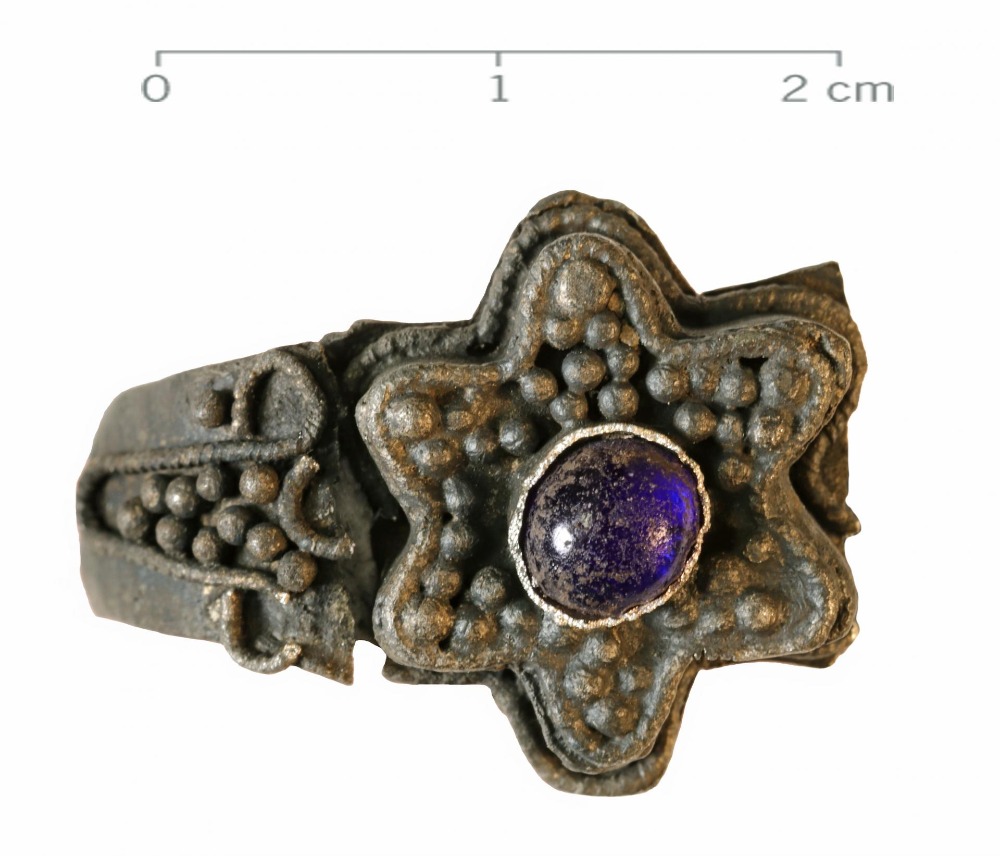
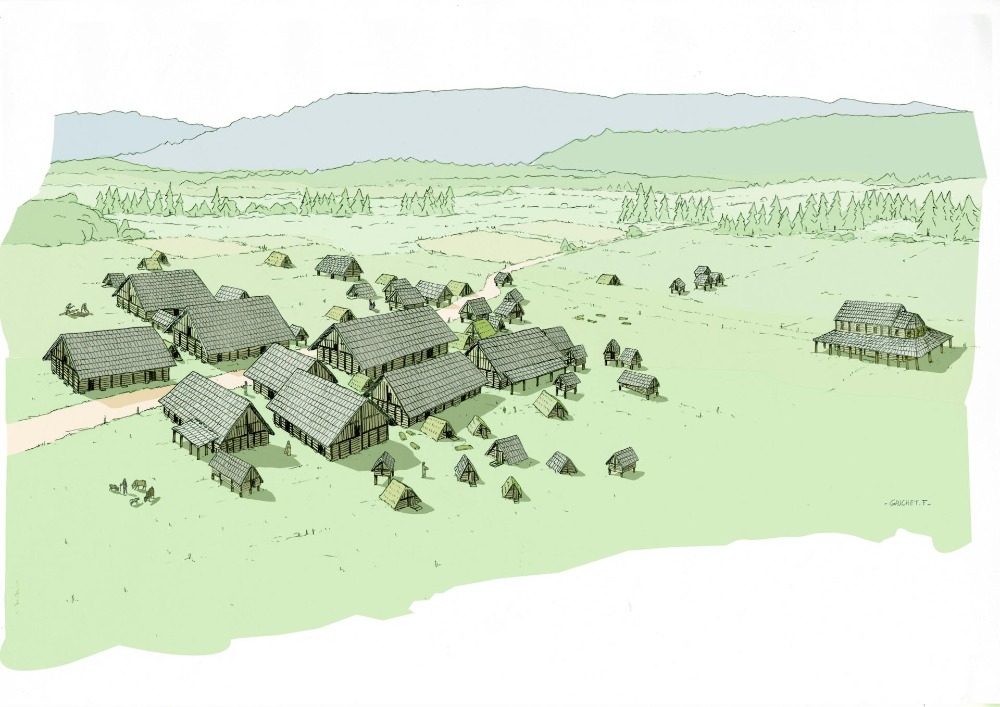
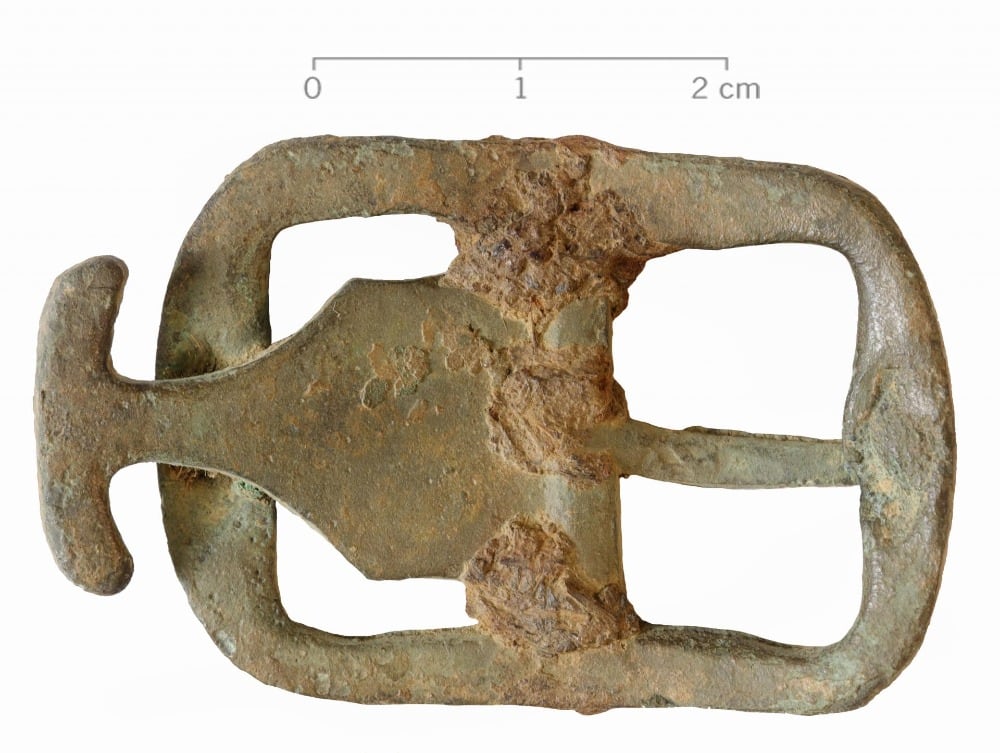
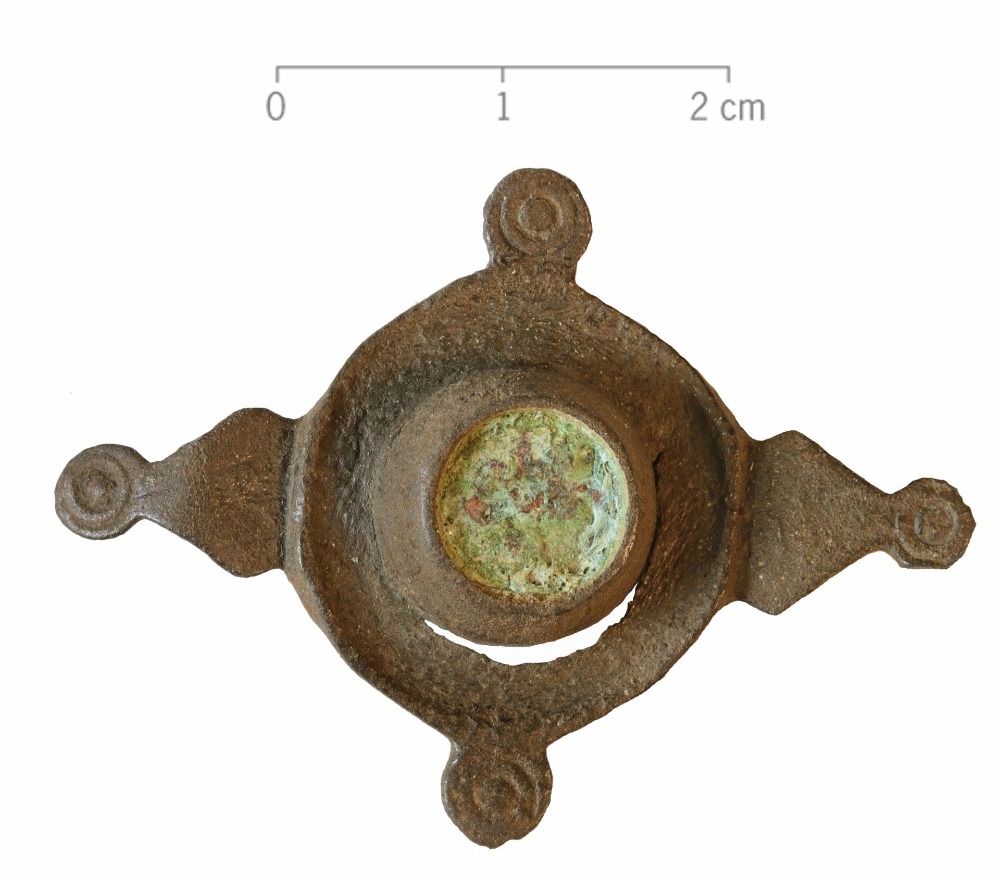

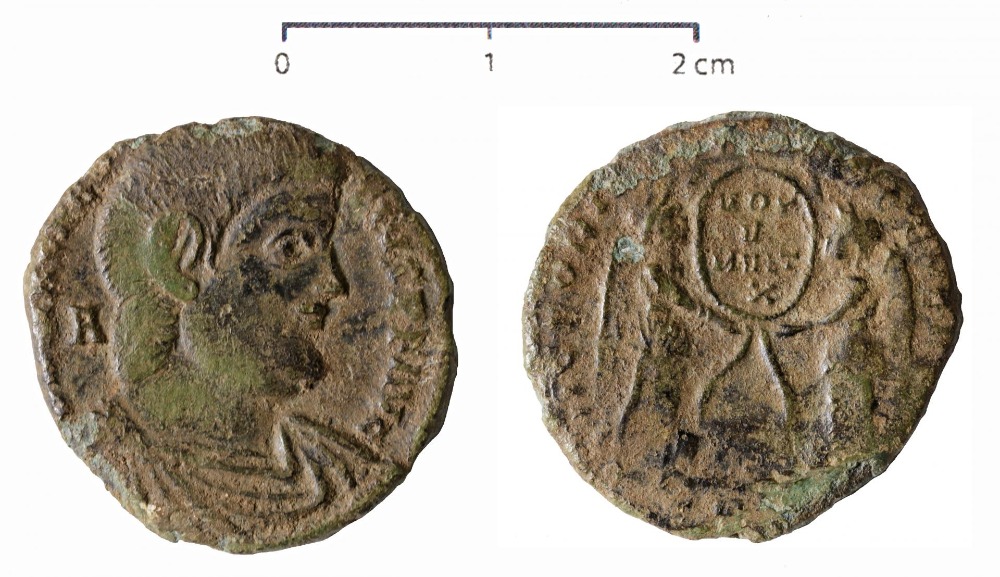
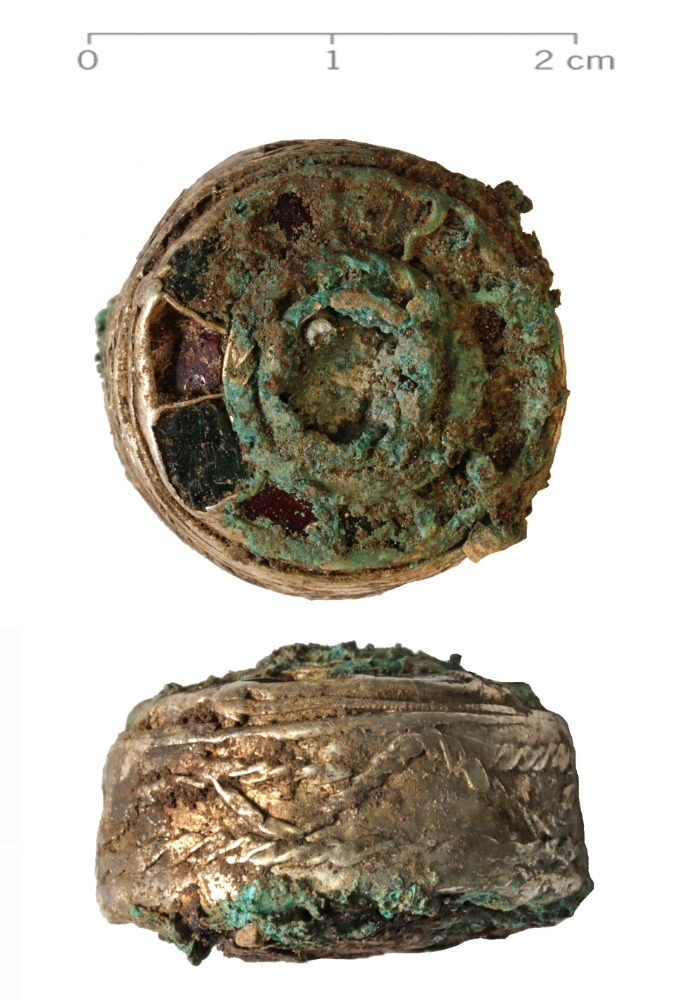
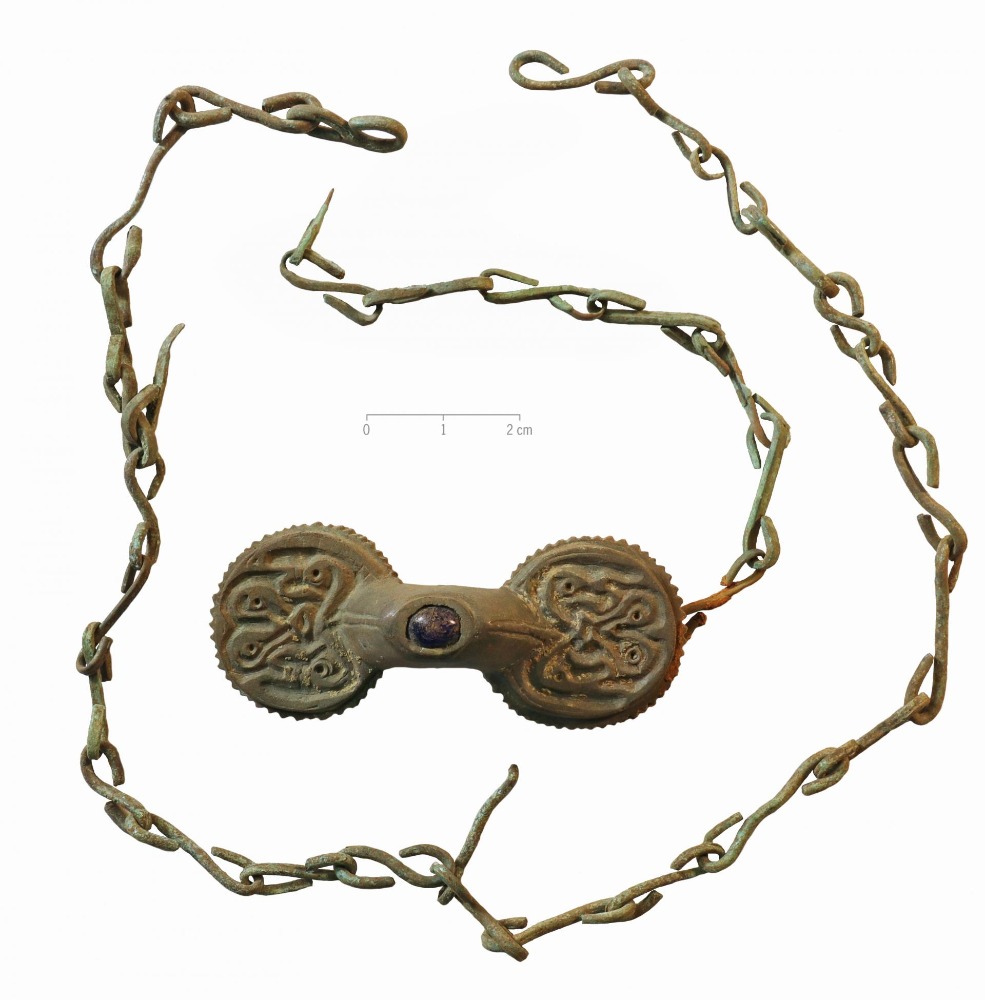
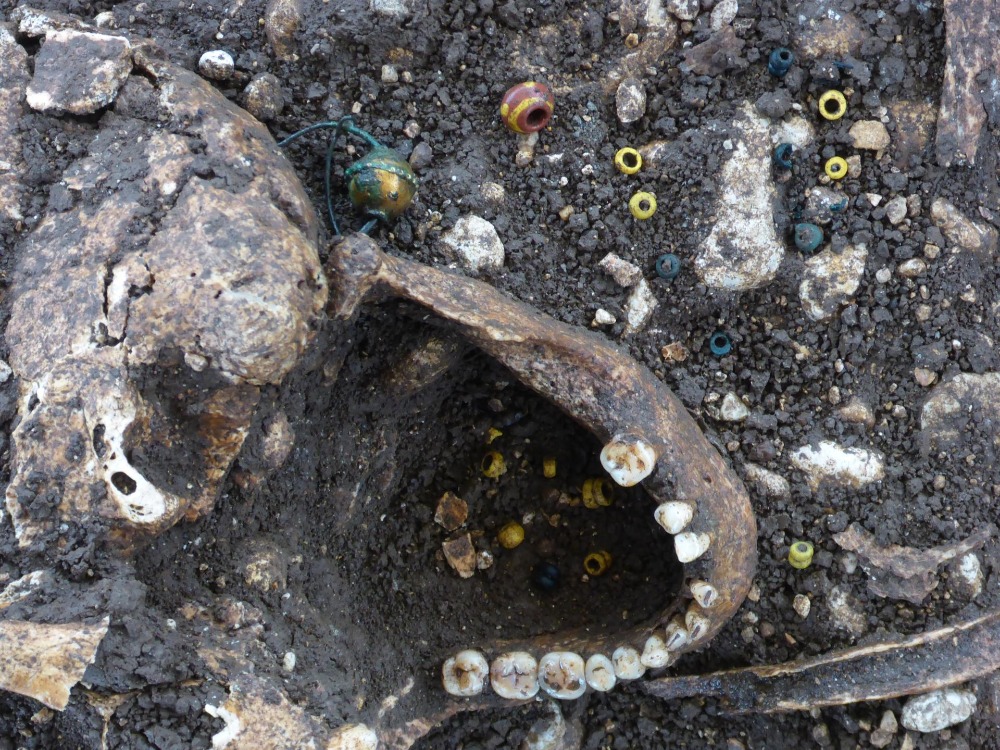
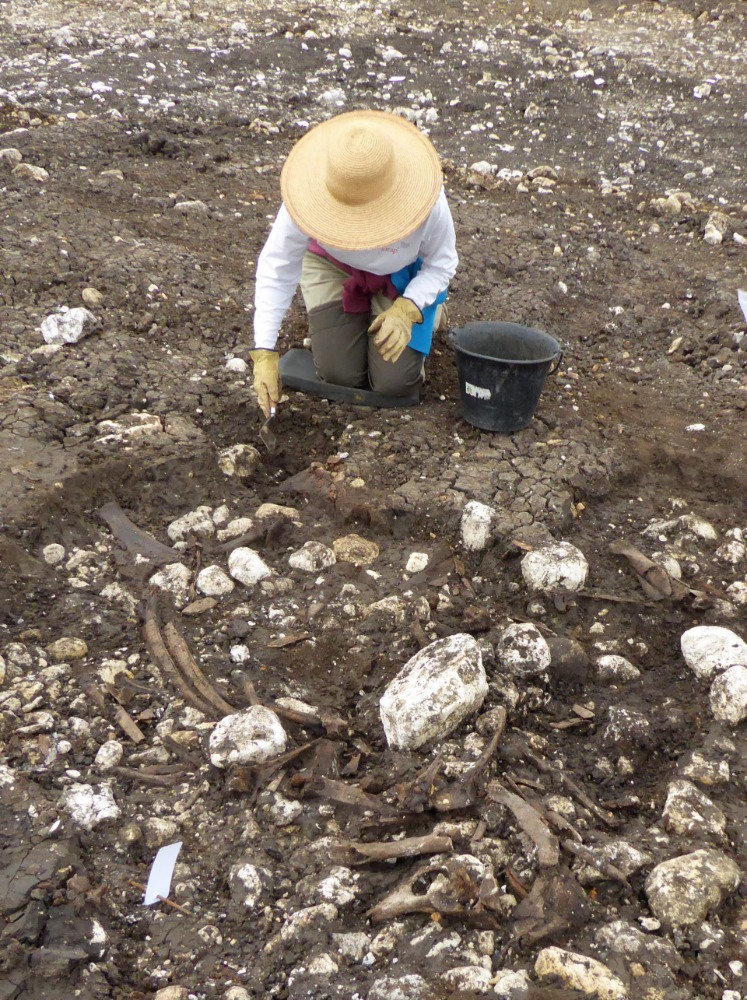
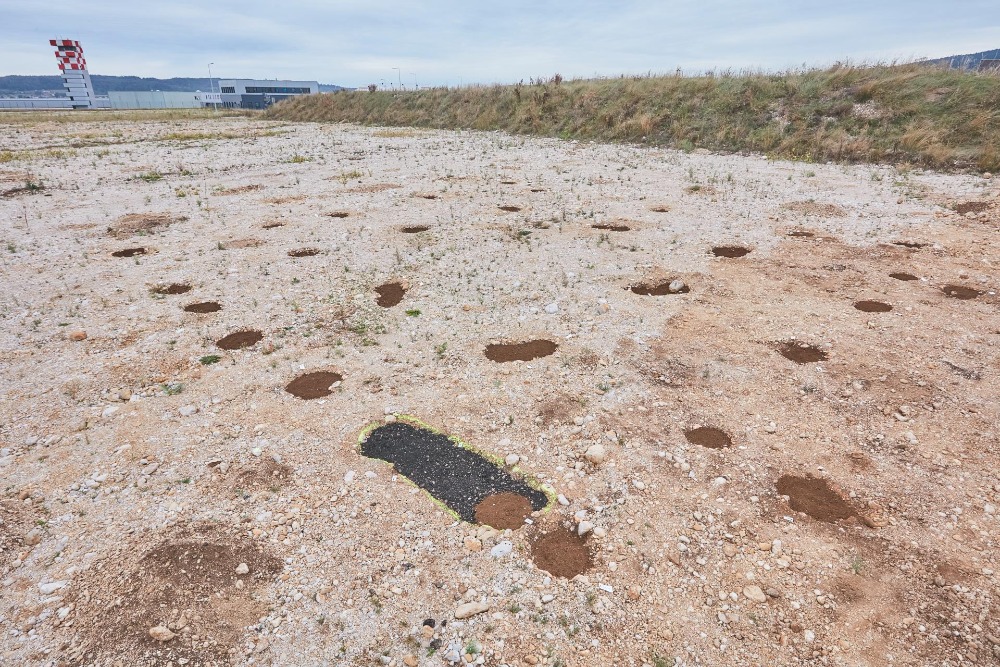
The article is included in categories:











